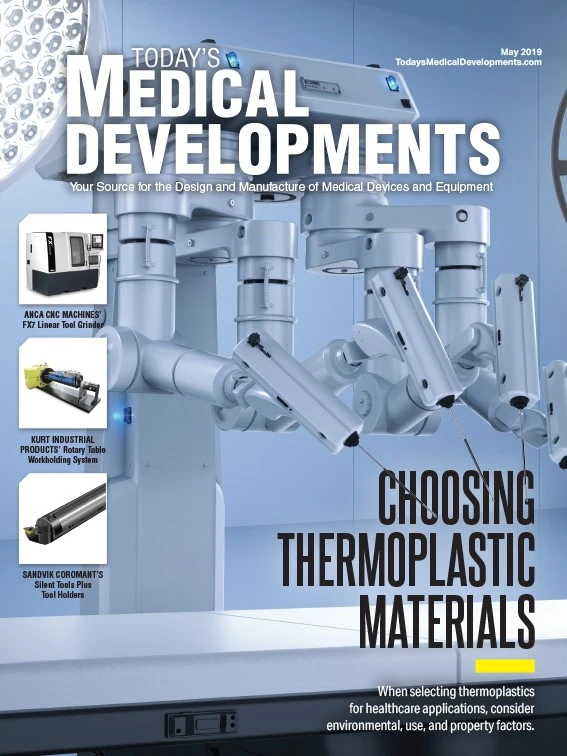
Junkosha

The future of the medical tubing sector is highly dynamic because of pressures on organizations to provide high-quality solutions that deliver cost savings throughout the product life cycle. This is mainly driven by the global healthcare market, which continues to demand products and solutions that push the boundaries of what is possible at a highly competitive price point.
For neurovascular and other complicated techniques, catheter manufacturers are being pushed for solutions that cost-effectively deliver complex procedures efficiently. In highly cost-conscious markets, peelable heat-shrink tubing products enable catheter manufacturers to advance efficiencies through streamlining workflows.
Peelable heat-shrink tubing
Peelable heat-shrink tubing (PHST) addresses unmet healthcare needs, such as ultra- small PHST that supports progressively smaller catheter-based procedures. PHST technology reduces total cost of ownership (TCO) because manufacturers don’t have to skive heat-shrink material from the catheter. Removing skiving allows companies to produce more quickly, improve yields, and lower inspection levels while increasing economic safety.
Junkosha’s 2.5:1 PHST solution provides catheter manufacturers with the highest shrink ratio currently possible in a fluorinated ethylene propylene (FEP). Catheter manufacturers save time and money through a reduced number of shrink processes. In addition, thanks to PHST’s take-up, it uses cost-effective, lower tolerance, baseline materials in the manufacturing process, enabling easy reflow into a single, smooth construct.
Applications
According to Robert LaDuca, CEO of medical device tubing and catheter components manufacturer Duke Empirical, high-ratio PHST technology will enable better processes and cost savings in neurovascular catheters which have tapered diameters for the floppy distal segments and proximal sections with larger diameters for pushable support. Catheters are typically braid-reinforced proximally and coil-reinforced distally, so PHST solutions must accommodate the compression required to provide significant bond strength of the materials in a single step.
LaDuca adds that the technology supports tapered cardiovascular devices such as multi-lumen, braid reinforced, peripherally inserted central catheters (PICC) and various next-generation catheters with varying diameters, such as cardiac implant delivery systems where the implant is located in a distal segment of the catheter that is usually larger than the proximal portion of the shaft. Faster, more forceful recovery of the 2.5:1 PHST products reduces or eliminates air entrapment, which can cause bubbles and product defects such as fish eyes, voids, and insufficient strength of bonded layers.

What’s next
Numerous challenges face Junkosha and its supply chain in the U.S. and European markets, including:
- Stringent regulation
- Need to make procedures less invasive, enable wider variety of operations across harder-to-reach body parts
- Increasing healthcare cost
- Need to streamline workflows, processes; especially for catheter manufacturers
Although these various challenges differ around the world, they all require one thing: innovations that improve service for patients and provide clinicians and other end-users with technologies that make their lives easier, reduce costs, and save time. Continuous innovation must be at the heart of the healthcare sector’s requirements. Without this, unmet needs will continue.
Junkosha Inc.
http://www.junkosha.co.jp

Explore the May 2019 Issue
Check out more from this issue and find your next story to read.
Latest from Today's Medical Developments
- IMTS 2026 runs Sept. 14-19 at McCormick Place in Chicago, Illinois
- Master Bond’s MasterSil 800Med
- ZEISS celebrates 100 years of advancing innovation in the US
- Teleflex sells acute care and urology businesses for $2.03 billion
- HANNOVER MESSE: Where research and manufacturing meet
- What’s next for the design and manufacturing industry in 2026?
- Arcline to sell Medical Manufacturing Technologies to Perimeter Solutions
- Decline in German machine tool orders bottoming out





